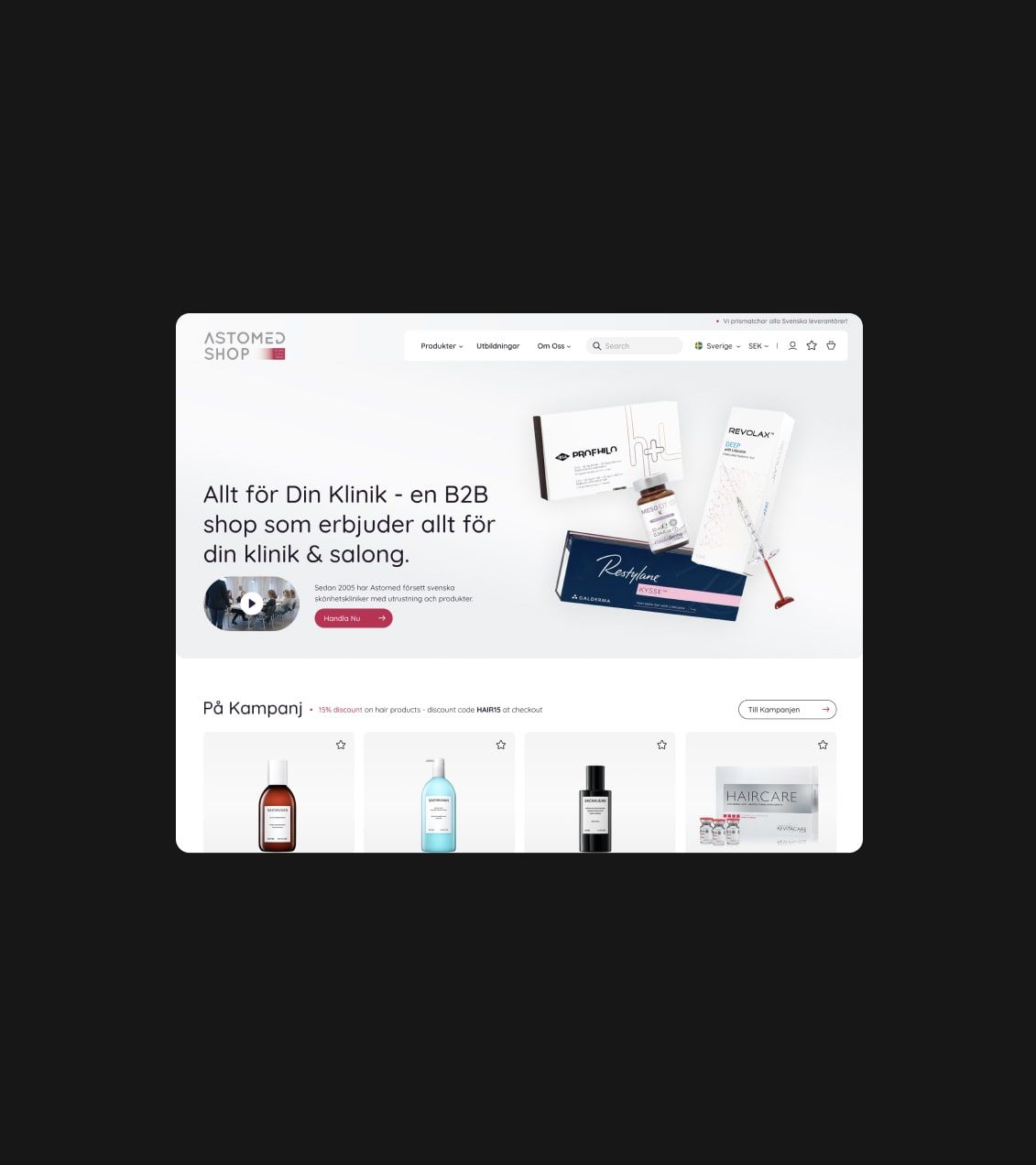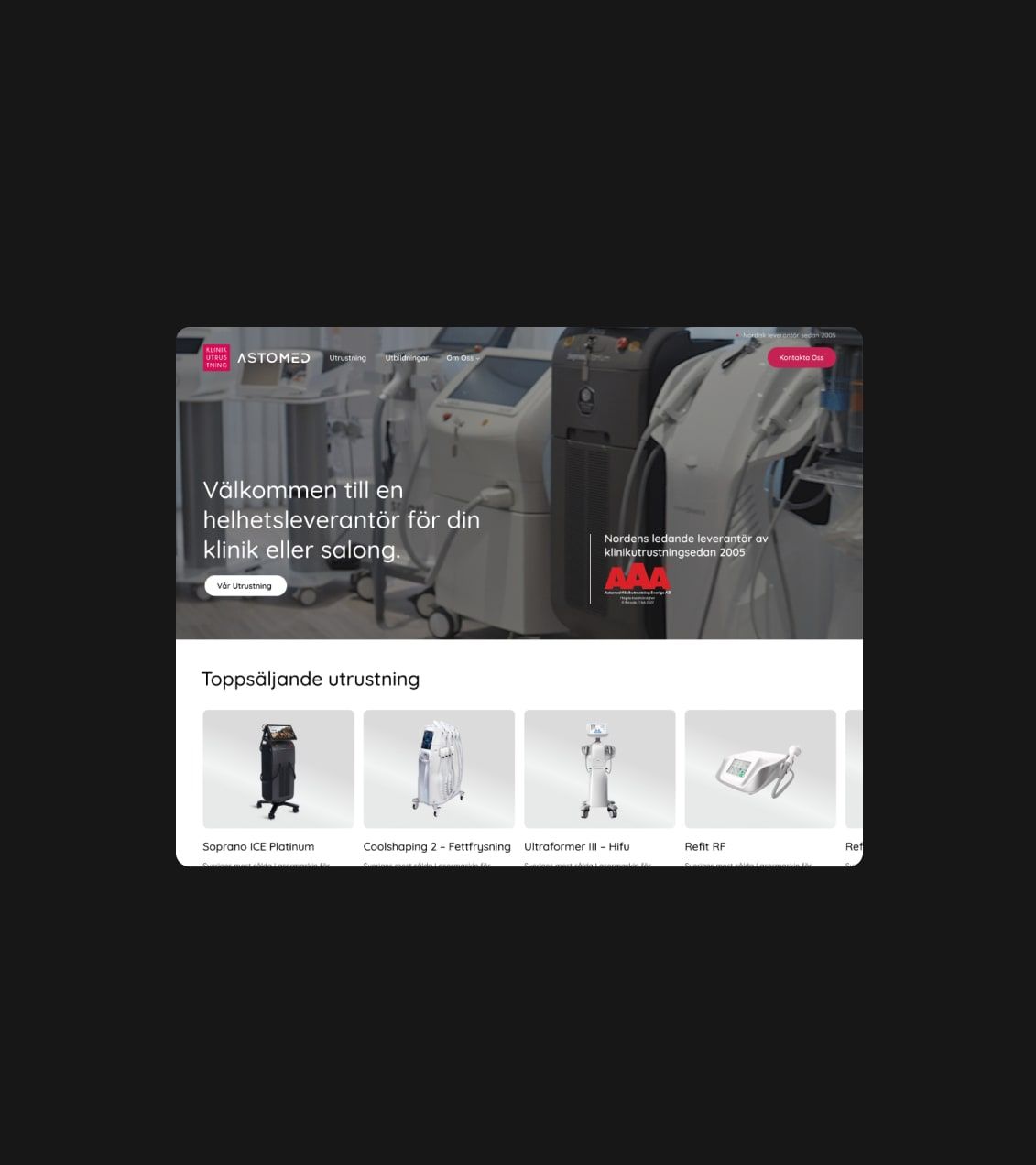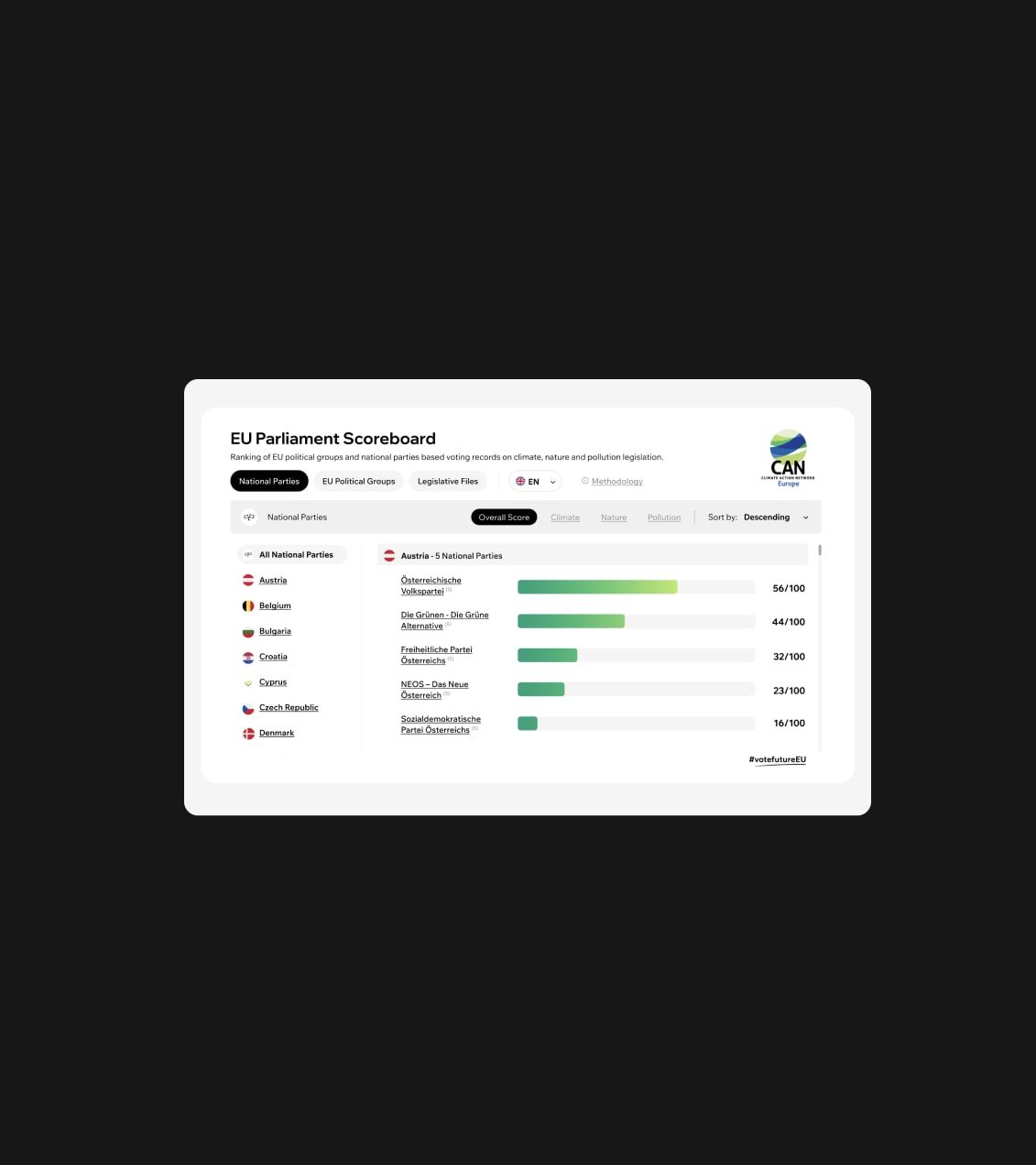
Internal Linking Strategies
By linking to other site pages within your website, you’ll encourage visitors to convert and boost search engine’s confidence in your site, which will help your rank. Need to boost your SEO ranks, increase conversions, and rake in more revenue each month? What if we said you could accomplish all three of these goals through one tactic? Welcome to internal linking.
Regardless of whether you find internal linking on website to be overly simple or overwhelmingly complex, one thing remains true: it’s incredibly important if you want your website to succeed.
First up, the basics of internal linking
Before we dive into some of the most effective strategies, it’s a good idea to brush up on the basics.
Definition and example
An internal link connects one page on a particular website to another page on the same site. That means both the source domain (where the hyperlink is found) and the target domain (where the link takes you) are the same.
A really simple example of internal linking on website is website navigation. A drop-down menu with links to an About page, Services Page, and Testimonials page is a basic example of internal linking on website.
However, this isn’t what we’re talking about here. What we mean in this case is linking within the page’s content.
Difference between external linking
On the other hand, an external link links from an outside site to your site, or vice versa. It’s hard to control external links except for guest posts, which is why an internal linking strategy holds much more potential for impact.
Three main goals of internal linking
There are three main goals to internal linking on website:
- Helps users navigate the website. By providing links directly within the content that are relevant, users can easily find content they’re looking for.
- Defines the hierarchy and design of a website. That means the target domain falls under the source domain in the site’s hierarchy.
- Distributes ranking power and web page authority throughout the website. Google analyzes how many internal links you have and adjusts your ranking. So, the more quality internal links you can create, the better!
The overarching theory behind internal linking on website is that it will bolster your site’s overall search-optimized value. The more optimized your site is, the better it will perform on sites like Google and Bing.
Creating links within pages also creates different paths for bots/crawlers to explore your site, helps keep visitors on your site longer, and creates a closely related group of posts and pages.
3 Must-have linking strategies
With a basic understanding of internal linking on website, it’s time to explore three internal linking strategies that your website needs.
-
Links that impact SEO
Certain pages, like those that have been linked to by other websites, have more SEO authority and value than others. Your home page is the perfect example. When you create internal links with these pages as the source domain, you’ll help pass along SEO authority to lesser-valued pages.
Other pages have a bit of a ranking, but they could benefit from a higher one. By linking to these pages, you’ll help your overall rankings by boosting the ones that need help.
To execute this linking strategy successfully, you first need to identify which pages have the most authority and value. You can do this by viewing your site analytics. Next, figure out which pages are close to ranking high but need a small push. Finally, create a few high-quality links with relevant anchor text from the first group of pages to the second.
-
Links that guide visitors to conversion pages
The second internal linking on website strategy you need is links that guide your site visitors to pages with high conversion rates. You can funnel your traffic from pages with the highest number of visitors to these high-converting pages through links to increase conversion rates overall.
When you link your web traffic champions to the conversion champions of your website, you can create a more direct path from visitor to subscriber. All you need is one little link.
As with the above strategy, head to your web analytics. Look for the pages that draw in the most organic and paid traffic. Write them down. Then, view the pages that inspire the greatest level of action, AKA conversion.
Finally, link from the high-traffic pages to the high-conversion pages and let the conversions roll in.
-
CTAs
As a digital marketer, your goal is to attract visitors, introduce them to your brand and value propositions, support these props with evidence, and lead them to take action.
The must-have tool that all websites need to make this final step happen is the CTA (call to action). A Call to Action is an internal link that prompts your site visitors to take an action, whether it’s signing up for the email list, calling to schedule an appointment, or purchasing the product itself.
Some examples of CTAs as internal links include:
- Have questions? Contact us to learn more.
- Want more juicy information? Sign up for our weekly newsletters.
- Need personal attention? Set up a free consultation with our experts.
To create effective CTAs on your site, position them toward the bottom of your pages and be sure you don’t leave any dead ends. When someone finishes reading a page, they should know where to direct their energy and action next. Your job is to put the CTAs there.
Creating internal links helps for sure
If you dive too deep too quickly into the world of internal linking on website, it can get overly complex, especially for someone who’s not a web designer or developer.
The good news? Ditch the complicated mambo jumbo and stick with the internal linking on website strategies above. You’ll see results without getting in above your head.
Create links from your authority pages to your mid-to-high ranking pages, add in links that send your visitors to high-converting pages, and be sure to add calls to action where relevant to guide your visitors through your sales funnel!










